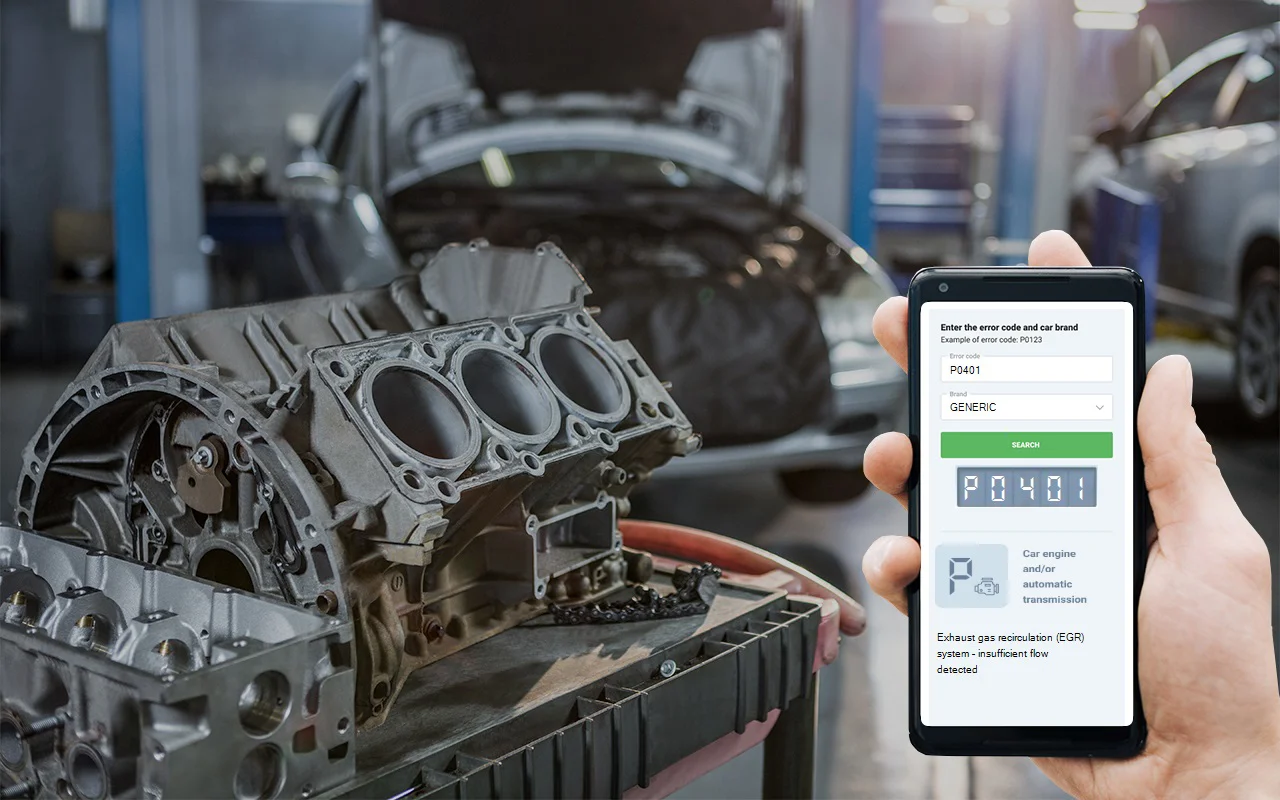When the OBD-II scanner displays the fault code P0401, it indicates that the Engine Control Module (ECM) has detected an issue with the Engine Gas Recirculation (EGR) valve. This error typically occurs due to an insufficient amount of exhaust gases being recirculated when the ECM commands the EGR valve to open and allow exhaust gases to enter the intake manifold.
This error is common across various car brands, including Kia, Ford, Toyota, Nissan, Mercedes, Renault, BMW, Skoda, Volkswagen, and others.







